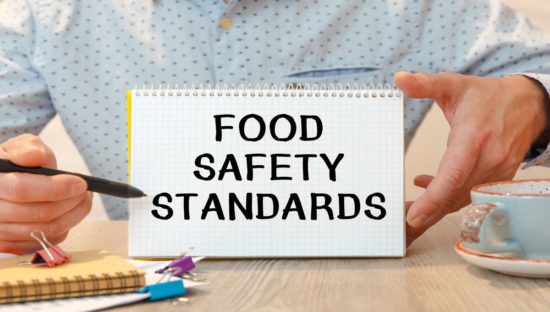Fourteen people fell sick in a Staphylococcus aureus outbreak in China after eating contaminated donkey and goose meat.
In September 2024, Puyang City CDC received a report of a suspected foodborne outbreak involving 14 people who developed nausea, vomiting, and diarrhea following a hotel banquet. It was the first recorded outbreak of staphylococcal food poisoning in Henan Province.
Seventy people attended the event and 14 developed illness. Among affected individuals, two patients required hospitalization, 10 received outpatient treatment, and two with mild symptoms required no treatment.
According to the study, published in China CDC Weekly, the estimated incubation period was four hours. Patients were 10 males and four females, with ages ranging from 6 to 55. The majority of cases occurred in individuals aged 7 to 14.
Call to improve surveillance
Four Staphylococcus aureus strains were isolated from 22 leftover food samples, two environmental swabs, and two patient anal swabs. Contaminated donkey and goose meat was identified as the outbreak source.
Analysis revealed that all outbreak strains isolated from food matrices clustered together with those from human samples.
The outbreak resulted from contaminated donkey and goose meat, which was served as cold mixed dishes, with Staphylococcus aureus enterotoxins A and B.
The two contaminated items were chilled donkey meat and chilled Cantonese-style roast goose. However, the absence of specimens from kitchen staff or the processing environment prevented identification of the contamination source.
Public health measures included disinfection of cold dish storage areas, cutting boards, and knives, and disposal of all remaining food items.
Food safety training for all employees was also provided, emphasizing proper food processing techniques, rigorous hand hygiene practices, and disinfection protocols.
“The detection of foodborne ST59 CA-MRSA clones in this outbreak underscores the prevalence and transmission risks associated with this hypervirulent lineage. These findings emphasize the critical need to strengthen surveillance measures for CA-MRSA among food industry workers,” said researchers.
(To sign up for a free subscription to Food Safety News, click here)



